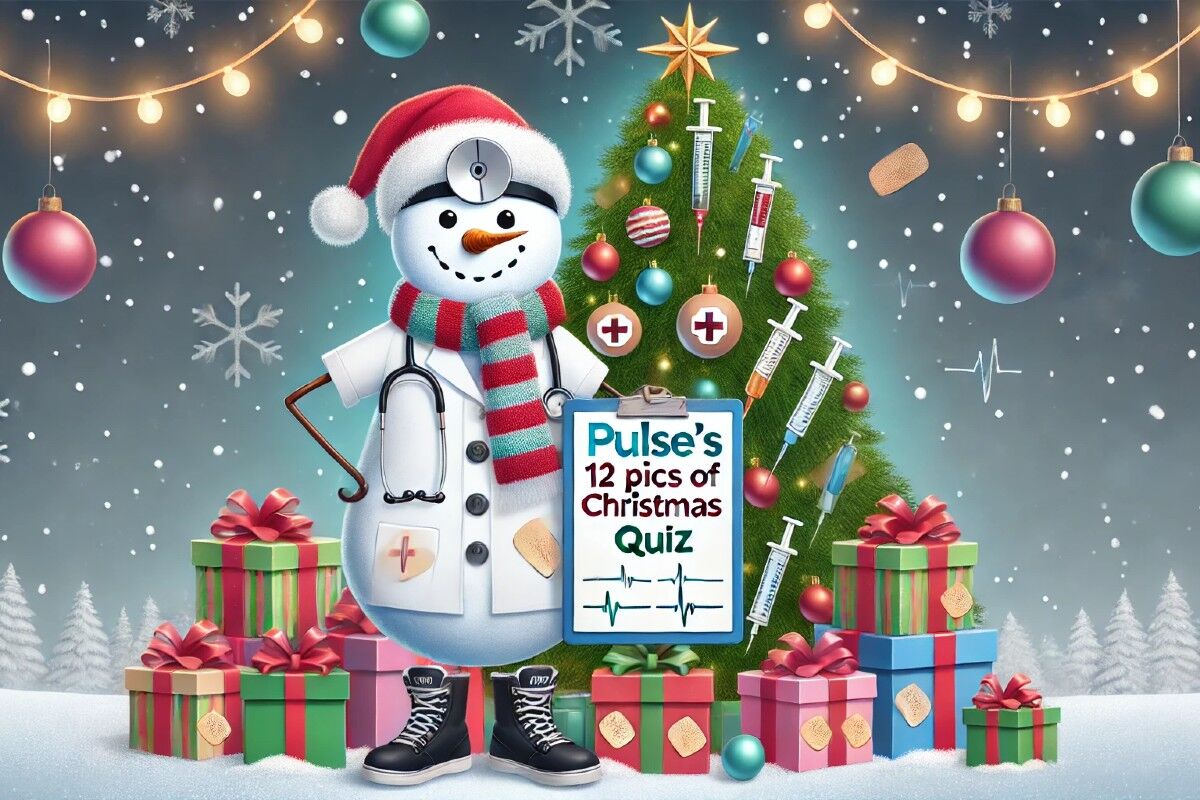GPs are set to refer a far greater number of patients for urgent cancer investigations, after NICE included a raft of new symptoms in its rewrite of its diagnosis guidelines.
The draftt guidelines, released today and which have almost doubled in size, said that NICE has lowered the threshold for the positive predictive value of symptoms that should trigger a cancer assessment from 5% to 3%, meaning that GPs will be required to refer patients aged over 40 with unexplained weight loss and abdominal pain and those aged 60 and over with weight loss and new-onset diabetes.
NICE has lowered its threshold even further for suspected cases in children and young people, meaning those with unexplained bleeding will now need to be assessed.
GP experts said that this would lead to more people being investigated and more referrals.
The institute’s guideline development group said it made this decision after finding ‘considerable variation in referral and testing for possible cancer, which cannot be fully explained by variation in the population’, and that the previous guidance used a ‘disparate range’ of percentage risks.
NICE said that the changes followed criticism last year from the Organisation for Economic Co-operation and Development (OECD), which said that improving care standards, cutting waiting times and spending resources more effectively could save ‘many lives’ around the world.
It said that that the basis of the draft guideline was evidence collected from primary care.
Related stories
GP care for cancer patient at ‘all-time low’, NHS England claims
GP lack of access to cancer diagnostics partly to blame for late detection, says charity
GP cancer referrals increase as hospital trusts struggle to meet targets
The draft guideline document said: ‘The previous guideline used a disparate range of percentage risks of cancer in their recommendations. Few corresponded with a positive predictive value (PPV) of lower than 5%.
‘The Guideline Development Group felt that, in order to improve diagnosis of cancer, a PPV threshold lower than 5% was preferable. Taking into account the financial and clinical costs of broadening the recommendations, the GDG agreed to use a 3% PPV threshold value to underpin their recommendations for suspected cancer pathway referrals and urgent direct access investigations, such as brain scanning or endoscopy.’
It added: ‘The threshold was not applied to recommendations relating to tests routinely available in primary care (including blood tests such as prostate-specific antigen or imaging such as chest X-ray), primary care tests that could replace specialist referral, non-urgent direct access tests and routine referrals for specialist opinion.’
New NICE criteria for an urgent cancer referral
- Aged over 40 with unexplained weight loss and abdominal pain
- Aged 55 and over with weight loss and upper abdominal pain, reflux or dyspepsia
- Aged 55 or over with upper abdominal pain and raised platelet count
- Aged 60 and over with weight loss and new-onset diabetes
- Aged 40 or over with chest signs compatible with lung cancer
- Aged 40–55, have never smoked, have haemoptysis and appetite loss
- Women aged under 55 with post-menopausal bleeding
- Aged over 50 and have unexplained rectal bleeding
- Children with unexplained bleeding
- Unexplained ulceration in the oral cavity lasting for more than 14 days
Source: NICE draft guideline, November 2015
Dr Andrew Green, chair of the GPC prescribing subcommittee, said the change could prove to be positive, but would lead to more referrals and more false alarms.
He said: ‘It means that more people will be investigated than before, meaning more referrals and more false alarms, but hopefully with the benefit of more early diagnoses.
‘We know that if cancer outcomes are to be improved we need earlier diagnosis, so this might well be a positive step, providing we don’t increase harm caused by over-diagnosis, which has caused concern with respect to breast and prostate cancers.’
The RCGP welcomed the guidance, but said more resources were needed.
Chair Dr Maureen Baker said: ‘This new guidance is a welcome step in supporting GPs to do even better, but what is really needed is giving GPs easier access to diagnostics, such as CT and MRI scans and ultrasound, that could make a real difference to our patients.
‘We must also urgently invest in general practice to allow us to employ more GPs and support staff so that all patients can receive the care they need at every stage of their condition.’
Sara Hiom, director of early diagnosis at Cancer Research UK, said: ‘We’re pleased that NICE is updating its guidelines to make it easier for GPs to refer patients with worrying symptoms for further tests. We know it’s not easy for GPs to deal with symptoms where they have a sense that things aren’t right but no procedures to follow to arrange further tests. But to be truly effective, doctors need better access to diagnostic tests and speedy results.’
Professor Mark Baker, NICE’s clinical practice director, said: ‘The problem is that a lot of cancer symptoms can be very general and similar to those of other conditions. Unless it is a cancer-related sign or symptom that we are very familiar with – a lump in the breast for instance – many people won’t even think about the possibility of cancer.
‘It is not always easy for GPs to spot cancer either. There are more than 200 different types of the disease so it is unrealistic to expect them to know every single sign and symptom of each one, especially when they only see a handful of new cases a year. Research carried out in general practice in recent years gives us better evidence about which signs and symptoms best predict cancer.’
GPs and other interest groups can comment on the draft until January 9 as part of a public consultation before the finalised guidance is published in May.










